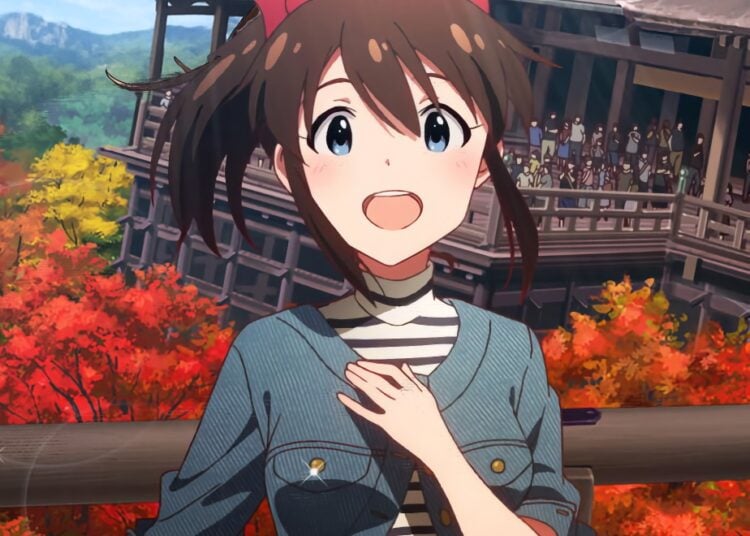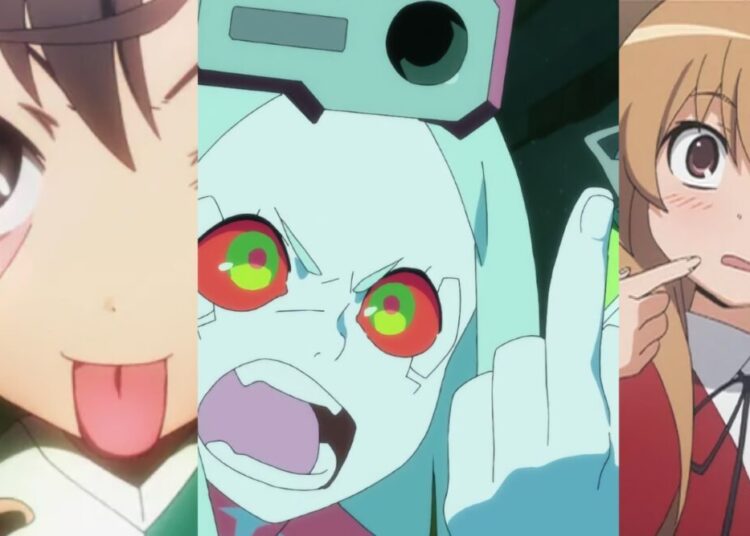Hello again from J-List. This time I’ve hopped over to sunny Las Vegas for a few days of much-needed relaxation and fun. My wife insisted we stay at the Bellagio, which I assume is so she can act out some George Cloony/Brad Pitt fantasy, but I’m okay with that. Right now I’m enjoying a frozen margarita by the poolside and wondering at that most amazing of inventions, the open wireless Internet connection.
“You’ve been in Japan too long when you appear for your first skiing lesson with brand new Rossignol high performance racing skis and an aerodynamic racing suit with color matched goggles…and then snowplow down.” One thing I’ve learned about the Japanese is, they often care a great deal about how they appear to others. One of the reasons why Japan seems to be such a “proper” place, with most members of society doing what they’re supposed to be doing more or less, is the mechanism known as hito no me (hee-toh no meh), or “the eyes of others.” If you’re outside the line of what those around you perceive as “normal,” the weight of their gaze will slowly pressure you into getting back in line. When a Japanese goes skiing he or she usually approaches it from the standpoint of kakko (style), and starts with a “proper” set of expensive skiing equipment — a lot different from the jeans and garbage bag I’ve worn in the past.
As a country, too, the Japanese are concerned with how they look to outsiders, and whenever an international event like the Olympics or the World Cup rolls around, I know there’ll be a flurry of construction at airports and major train stations so that visitors from foreign countries will “oo” and “ah” at the technological achievements the Japanese have attained. The Japanese love for any of their number to get international recognition, and Japanese who raise the status of the nation, like writers Kawabata and Mishima and directors Kurosawa and Miyazaki, enjoy a near God-like status because they improved the image of Japan in the eyes of the world. Similarly, Japanese who made their country look bad internationally become pariahs in Japan. Yoko Ono, the woman who broke up the Beatles? It’s like she doesn’t exist here. Baseball player Hideki Irabu was a slob who brought embarrassment to Japan, and they’ve all but written him out of the history of Japanese in the MLB. Issei Sagawa is a Japanese man who killed and ate a women in France in the early 1980, which earned him the emnity of his people even though he has some success writing restaurant reviews now.
It’s often said that Japanese society is 10-25 years behind the U.S., and that changes in the U.S. will filter over to Japan 10-25 years after they’ve happened in America. Sometimes this seems true — it took Japan until 1999 to get its first law requiring car seats for children, and laws against things like sexual harassment in the workplace similarly followed U.S. laws about a decade later. Also, Japan only recently released that “skin color” wasn’t really an appropriate name for a crayon and changed it. When I first came to Japan, it was common for newspaper job listings to be divided among “men” and “women” with many listings stating that only people aged 30 and under would be considered. Over the past few years, laws have been passed that forbid this practice. Companies get around this new rule by using graphics in their classified ads — for example, a picture of a young, pretty OL (that’s Japanese for “office lady” or female office worker) sends a signal that the company is looking for younger females to fill a certain position, and not males, and thus, more females will apply for that job.















